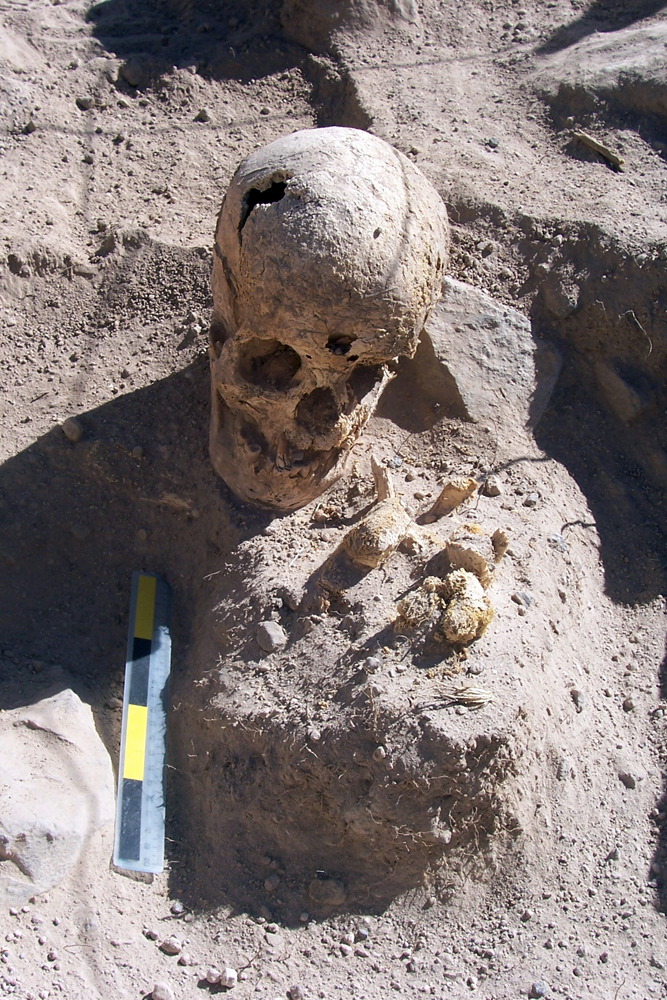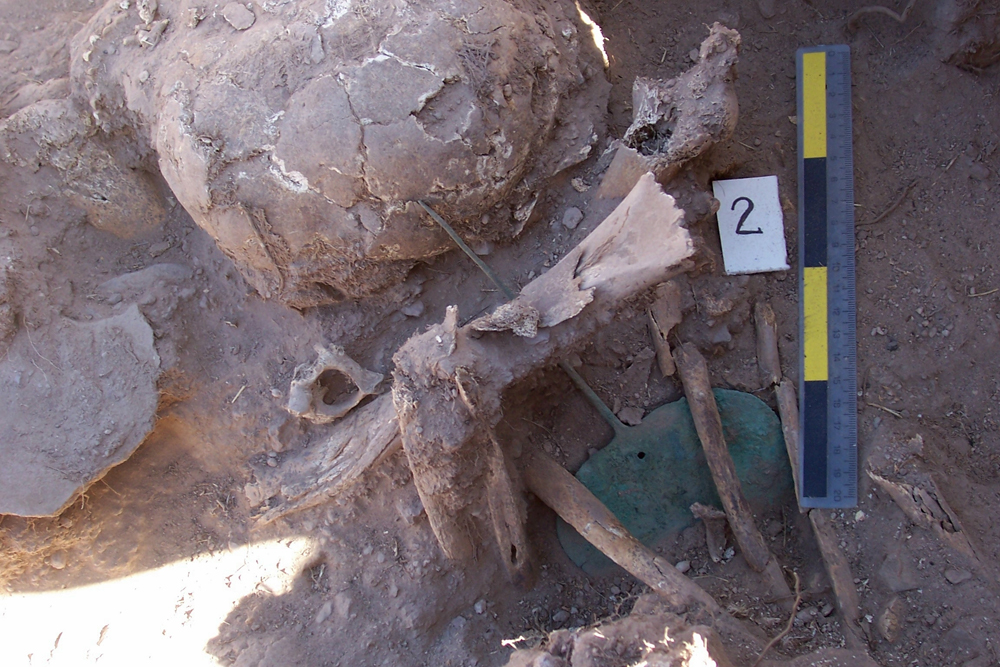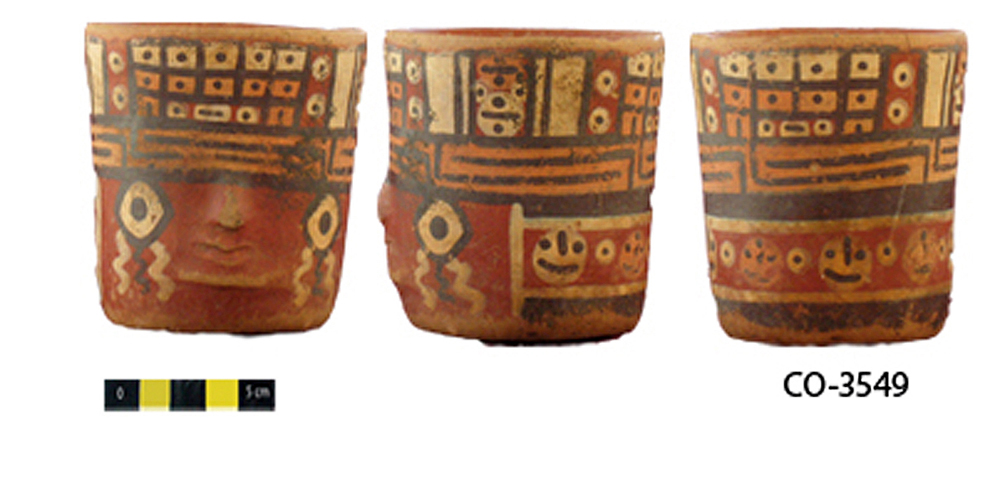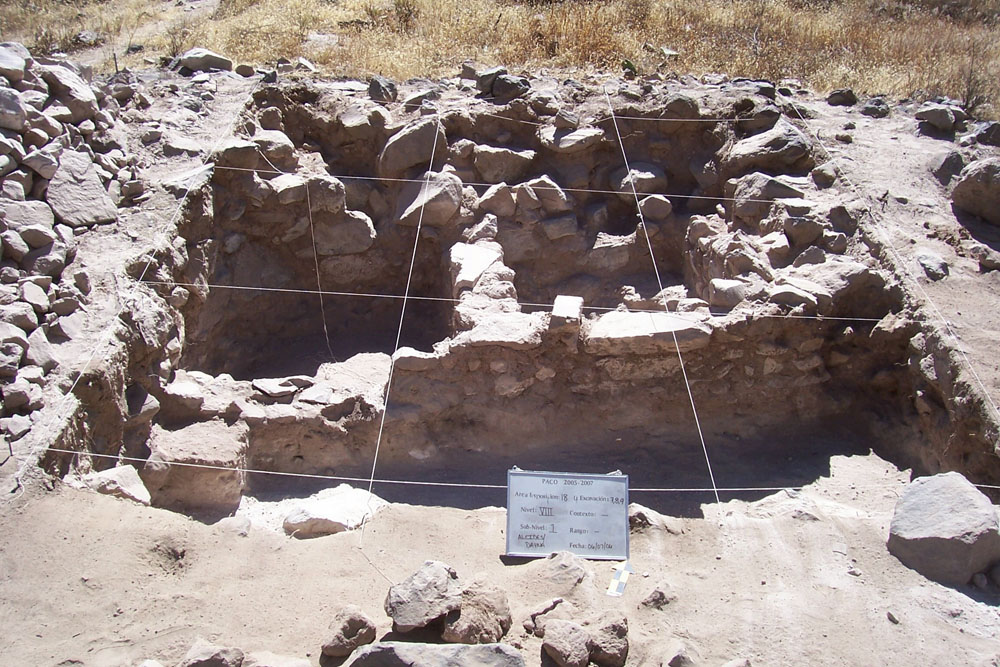In Photos: Hundreds of Mummies Found in Peru
Archaeologists have discovered dozens of tombs, each filled with up to 40 mummies ranging in age from babies to adults, at a ceremonial site in Peru. The site may have been a respite from tensions in other parts of what is now Peru some 1,200 years ago. Here are images from the site and tombs discovered. [Read the full story on the Peru mummy discovery]
Cotahuasi Valley
Archaeologists have uncovered a 1,200 year-old site containing houses, storerooms, open air enclosures for feasting and dozens of tombs containing up to 40 mummies each. The modern day name of the site is Tenahaha and it is located here on the Collota Pampa, beside the Huarcaya River, in the Cotahuasi Valley. The tombs are located on small hills that surround the site, these in turn are dwarfed by the massive hills of the valley. (Credit: Willy Yépez Álvarez.)
Mummy skull
A burial of a young woman found in the middle of a tomb. Analysis of her skeletal remains reveal that she suffered dental problems, including tooth loss. At one point in her life she suffered an internal hemorrhage in the meninges of her cranium but survived. The mummies at the site are generally in poor shape, having suffered rodent and water damage. (Credit: Matthew Edwards.)
Scattered remains
In addition to the water and rodent damage some of the human remains were taken apart in ancient times, their bones moved to different tombs. This image shows a partially disarticulated mummy. A tupu (an artifact that could have been used to fasten clothing) fell through this mummy’s rib cage when it was moved. (Credit: Willy Yépez Álvarez.)
Get the world’s most fascinating discoveries delivered straight to your inbox.
Grave goods
The mummies were buried with a variety of grave goods including some finely decorated ceramics, examples of which are seen here. (Credit: Willy Yépez Álvarez and Justin Jennings.)
Decorated pottery
Photos of some of the decorated cups found in the tombs. Human hands, lines, dots and happy faces can all be seen. (Credit: Justin Jennings and drawing by Oscar Huamán López.)
Smiley faces
The ceramics with the happy faces were a particularly interesting find. Pottery found in other parts of Peru tends to be grimmer with images of trophy skulls and fanged teeth. (Credit: Justin Jennings.)
Neutral grounds
Analysis of the mummy remains also found little evidence for human violence. This is also surprising as some sites in Peru, which date to this time period, have a high incidence of cranial trauma (hits to the head). This image shows three vessels found by the feet of an individual. (Credit: Willy Yépez Álvarez.)
Ceremonial site
Tenahaha appears to have been created as a place where people from nearby villages could feast and bury their dead. The site may have moderated social problems that were emerging in Peru, lessening the desire for violence in the Cotahuasi Valley. This image shows a storage area where food for feasting could have been kept. (Credit: Alcides Gavilán Vargas.)
Follow us @livescience, Facebook & Google+.

Owen Jarus is a regular contributor to Live Science who writes about archaeology and humans' past. He has also written for The Independent (UK), The Canadian Press (CP) and The Associated Press (AP), among others. Owen has a bachelor of arts degree from the University of Toronto and a journalism degree from Ryerson University.










